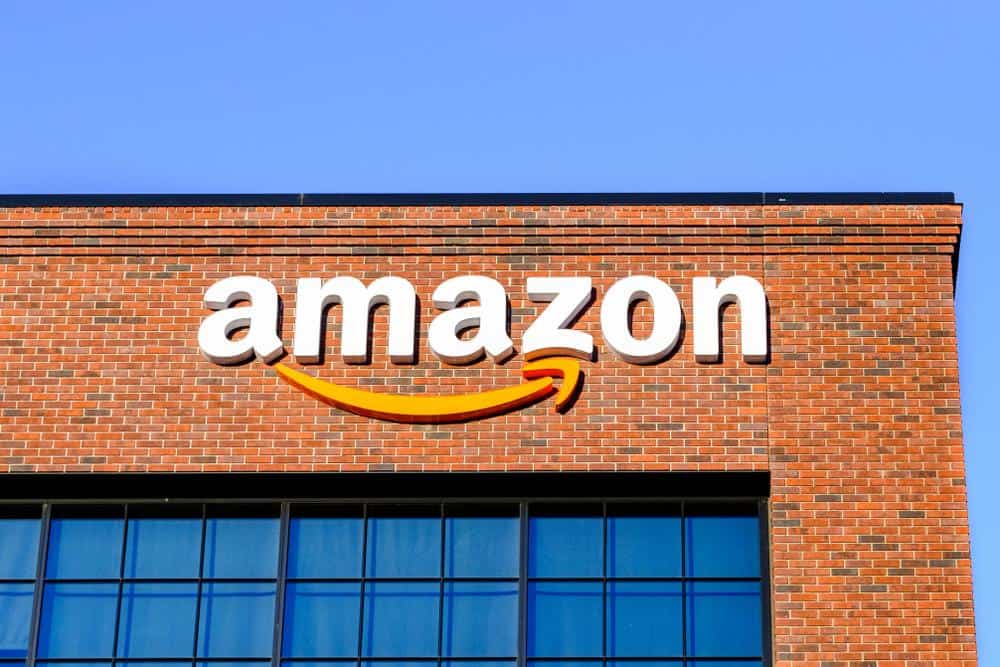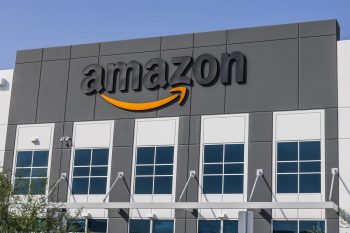
Amazon Flex is a delivery program that offers independent contractors the opportunity to earn income by delivering packages on behalf of Amazon. A standout feature of the program is its flexible scheduling system, which allows drivers to customize their work schedule according to their preferences and availability. This article delves into the details of the Amazon Flex schedule, how it works, and the benefits and challenges associated with it.
The Amazon Flex schedule is a flexible system that allows drivers to choose their work hours through “delivery blocks” which typically last between 3 to 6 hours. Drivers can reserve these blocks in advance or pick them up each day based on their availability. However, the availability of delivery blocks may not always guarantee the exact hours a driver wants to work. The busiest times for Amazon Flex drivers are during peak hours, weekends, and holidays.
What is Amazon Flex?
Amazon Flex is designed to provide a flexible earning opportunity for individuals looking to supplement their income or work part-time. To become an Amazon Flex driver, you need to meet certain requirements, including being at least 21 years old, having a valid U.S. driver’s license, passing a background check, and having access to a qualifying vehicle. Once approved, you can reserve a delivery block, usually a 3 to 6-hour time slot, during which you must complete your assigned deliveries. Amazon Flex drivers pick up packages from an Amazon delivery station and deliver them directly to customers.
How Does the Amazon Flex Schedule Work?
The Amazon Flex schedule works through “delivery blocks,” which are essentially shifts that typically last between 3 to 6 hours. Drivers can plan their week by reserving blocks in advance or picking them up each day based on their availability. There are different types of delivery blocks, such as Amazon.com deliveries, Prime Now, and Amazon Fresh. Each block will include details like the date, type of delivery, expected earnings, start time, and estimated duration. Drivers can choose to work full-time or part-time shifts, accommodating their specific needs.
Setting Your Own Schedule with Amazon Flex
Yes, Amazon Flex drivers can set their own schedules. The scheduling system offers flexibility, allowing drivers to prearrange their work times, show up at the delivery station on time, and complete all the deliveries within the scheduled block. However, the availability of delivery blocks may not always guarantee the exact hours a driver wants to work.
Amazon Flex Payouts
Amazon Flex drivers receive payouts twice a week, every Tuesday and Friday. The payment covers deliveries completed during the previous week, which typically starts on Monday and ends on Sunday. Most drivers earn between $18 and $25 per hour, depending on their location, tips received, and the type of deliveries they make.
Maximizing Earnings with Amazon Flex
To maximize earnings as an Amazon Flex driver, consider choosing the right location, showing up early for your shift, using route optimization apps, working during peak hours and seasons, signing up for blocks closer to the start time, participating in the Amazon Flex Rewards program, and working for multiple apps.
Benefits and Challenges of Working on the Amazon Flex Platform
Working as an Amazon Flex driver offers benefits like a flexible schedule, decent earnings, and the opportunity to earn points that can be redeemed for various perks. However, it also presents challenges like the absence of employee benefits, performance monitoring, algorithmic management, competition with bots and third-party apps, and the complexities of last-mile delivery.
Busiest Times for Amazon Flex Drivers
The busiest times for Amazon Flex drivers are during peak hours, weekends, and holidays. Peak hours typically start at 10 A.M. and 4 P.M., and drivers are likely to find blocks that are released an hour to 45 minutes before these busy times.
In conclusion, Amazon Flex provides a flexible way to earn money, but drivers should be aware of the challenges associated with working as independent contractors and the potential issues related to performance monitoring and competition for work.
Frequently Asked Questions
What vehicle do I need to become an Amazon Flex driver?
To become an Amazon Flex driver, you need to have a mid-size sedan, SUV, or van. The model of the vehicle should be 20 years old or newer.
Do Amazon Flex drivers need to have their own insurance?
Yes, Amazon Flex drivers are required to have their own auto insurance. Amazon also provides additional coverage at no cost to the driver, but this is only applicable when you’re making deliveries.
How are Amazon Flex drivers paid?
Amazon Flex drivers are paid by direct deposit. The payment is transferred to the driver’s bank account twice a week, every Tuesday and Friday.
Can you work for Amazon Flex if you already have a full-time job?
Yes, you can work for Amazon Flex even if you already have a full-time job. The program offers flexible scheduling, allowing you to choose delivery blocks that fit around your existing commitments.
Can I work for Amazon Flex if I don’t live in the United States?
Currently, Amazon Flex operates in several countries, including the United States, the United Kingdom, Spain, Japan, Singapore, and Germany. You can check the Amazon Flex website to see if it’s available in your location.










